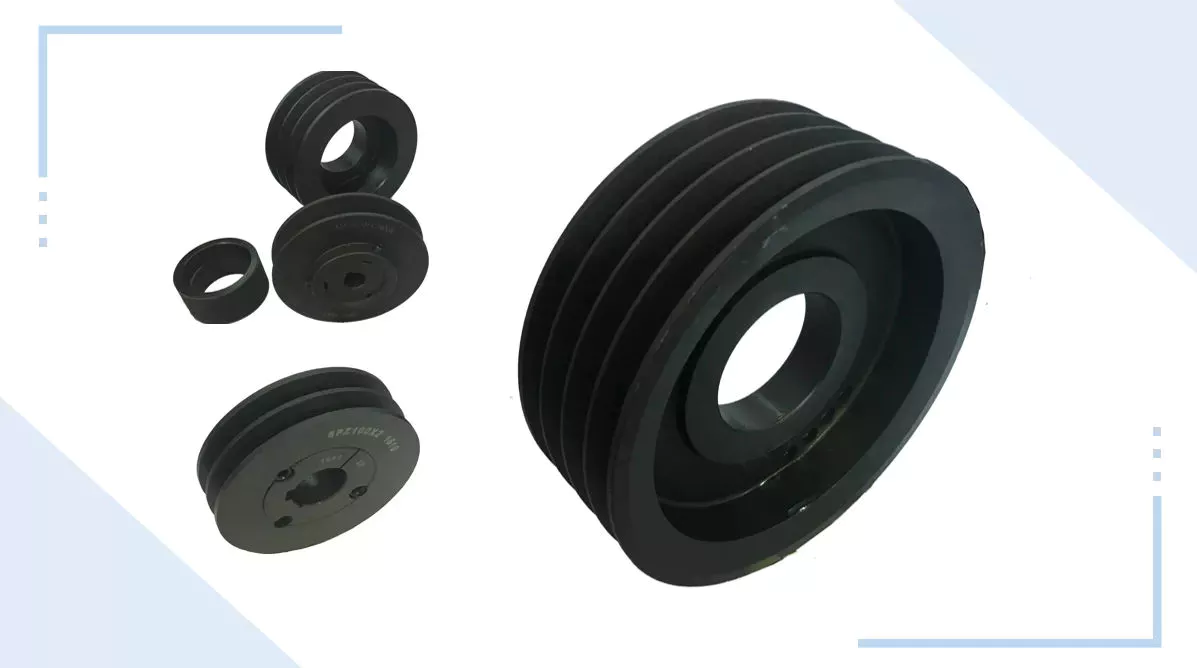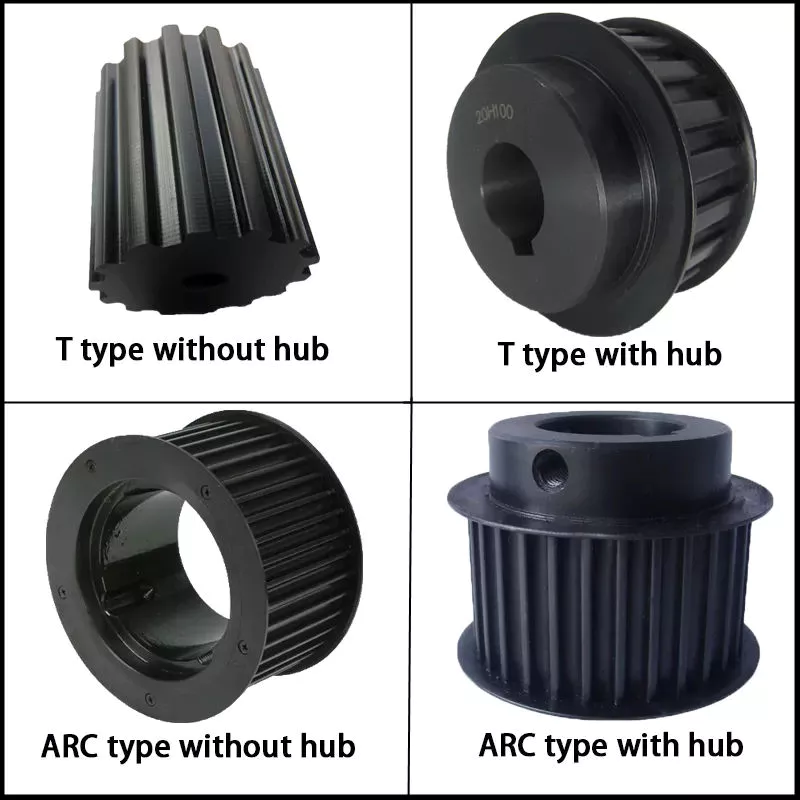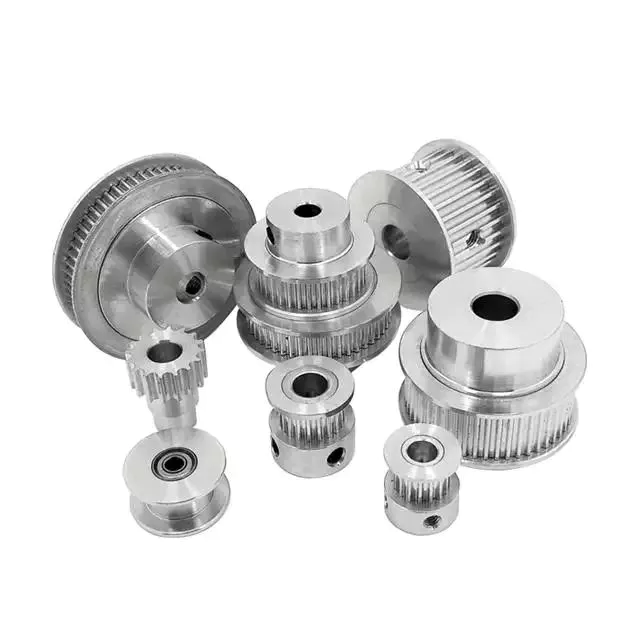Produktbeschreibung
Produktbeschreibung
Über uns
We are not only a manufacturer, but also a powerful supplier behind you.
Our factory is specialized in manufacturing non-standard bearing, plastic and metal pulley, bracket pulley, roller, door and window fittings, etc.Relying on a series of advanced processing equipments, skilled workers, strict inspection system, and organized management, we are able to provide good-quality products with competitive price.
Warum uns wählen
1.Professional experience:Almost 20 years' expenience in non-standard bearings, rollers, pulleys, and other plastic accessories for door and window.
2.Popular over the world:Over 20 market countries.
3.Advantage:Good quality with competitive price.
4.OEM offered:Technical drawings, samples or photos are needed
Häufig gestellte Fragen
F: Wie erhalte ich ein Angebot und beginne eine Geschäftsbeziehung mit Ihrem Unternehmen?
A: Bitte senden Sie uns eine E-Mail und unser Vertriebsmitarbeiter wird Sie kontaktieren, sobald wir Ihre E-Mail erhalten haben.
F: Wie erhalte ich in kürzester Zeit ein Angebot?
A: Wenn Sie uns eine Anfrage senden, geben Sie bitte weitere Einzelheiten an, wie etwa Produktgröße, Foto oder Zeichnung, Bestellmenge usw.
F: Wie starten Sie mit Ihrem Unternehmen ein OEM-Projekt?
A: Bitte senden Sie uns Ihre entworfenen Zeichnungen oder Originalmuster, damit wir Ihnen zunächst ein Angebot unterbreiten können. Wenn alle Details bestätigt sind, veranlassen wir die Musterproduktion, sobald wir Ihre Anzahlung erhalten haben.
F: Wie hoch ist Ihre Mindestbestellmenge?
A: Die Mindestbestellmenge hängt vom Design und den Produktionsprozessen der Produkte ab. Normalerweise beträgt die Mindestbestellmenge unseres Unternehmens 10.000 Stück, aber je nach Produkttyp kann sie viel höher oder niedriger sein. Daher empfehlen wir Ihnen, uns zuerst die gewünschte Menge mitzuteilen.
F: Wie lange kann ich eine Bestellung erhalten?
A: Das hängt von den jeweiligen Artikeln und Ihrer Bestellmenge ab. Die Lieferzeit variiert zwischen 30 und 90 Tagen.
/* January 22, 2571 19:08:37 */!function(){function s(e,r){var a,o={};try{e&&e.split(“,”).forEach(function(e,t){e&&(a=e.match(/(.*?):(.*)$/))&&1
| Kundendienst: | Technischer Online-Support |
|---|---|
| Material: | Metall |
| Typ: | Kugellager |
| Rahmenmaterial: | Alloy |
| Walzenmaterial: | Plastic |
| Stretch Elongation: | Whole |
| Proben: |
US$ 0.5/Piece
1 Stück (Mindestbestellmenge) | |
|---|
| Anpassung: |
Verfügbar
| Kundenspezifische Anfrage |
|---|

What are the applications of pulleys in the automotive industry?
Pulleys have various applications in the automotive industry, contributing to the operation of different systems within vehicles. Here are some common applications of pulleys in the automotive industry:
1. Engine Systems: Pulleys are extensively used in the engine systems of vehicles. The crankshaft pulley, also known as the harmonic balancer, is connected to the engine crankshaft and drives various engine accessories through the use of belts. These accessories may include the alternator, power steering pump, water pump, air conditioning compressor, and more. The rotation of the crankshaft pulley powers these accessories, allowing them to perform their respective functions.
2. Serpentine Belt Systems: Modern vehicles often use a serpentine belt system, which is a single, long belt that drives multiple engine accessories simultaneously. The serpentine belt travels around various pulleys, including the crankshaft pulley, tensioner pulley, idler pulleys, and accessory pulleys. These pulleys guide and maintain the tension of the serpentine belt, ensuring efficient power transfer to the engine accessories.
3. Timing Belt/Chain Systems: Timing belts or chains are used in internal combustion engines to synchronize the opening and closing of engine valves with the movement of the pistons. Pulleys known as timing belt pulleys or timing sprockets are mounted on the camshafts and crankshafts, and they work together with the timing belt or chain to ensure precise valve timing. These pulleys play a crucial role in maintaining engine performance and preventing valve interference.
4. Supercharger/Blower Systems: Pulleys are integral components in supercharger or blower systems used in performance vehicles. These systems compress the incoming air to increase engine power and performance. The pulley on the supercharger or blower is driven by the engine crankshaft pulley through a belt or a drive system. By changing the size of the pulley, the speed and boost level of the supercharger or blower can be adjusted.
5. Tensioners and Idler Pulleys: Tensioners and idler pulleys are crucial in maintaining proper belt tension and alignment in automotive systems. Tensioner pulleys are designed to apply tension to belts, ensuring they remain properly seated on the pulleys throughout their operation. Idler pulleys guide the belt and help maintain its alignment. These pulleys contribute to the smooth and reliable operation of various belt-driven systems, reducing slippage and preventing premature belt wear.
6. Accessories and Auxiliary Systems: Pulleys are also employed in various auxiliary systems and accessories in vehicles. These may include systems such as power windows, windshield wipers, cooling fans, and more. Pulleys in these systems facilitate the transfer of rotational motion from motors to mechanical components, enabling the desired functionality.
Overall, pulleys play significant roles in the automotive industry by driving engine accessories, maintaining belt tension, synchronizing engine timing, enhancing performance, and supporting various auxiliary systems. Their proper functioning is crucial for the reliable and efficient operation of automotive systems and components.

How are pulleys used in theater and stage rigging?
Pulleys play a vital role in theater and stage rigging, enabling the movement of scenery, props, and equipment with precision and control. They are essential components of the rigging systems used in theaters and stages for lifting, flying, and manipulating various elements during performances. Here's how pulleys are commonly used in theater and stage rigging:
1. Fly Systems: Fly systems are used to raise and lower scenery, backdrops, curtains, and other elements onto and off the stage. They consist of a series of pulleys, known as blocks, mounted on battens or grids. The pulleys allow the use of counterweights or motorized systems to control the movement of the loads. By changing the configuration of the pulleys and adjusting the counterweights, stage crews can achieve smooth and precise vertical movement of the flown elements.
2. Counterweight Systems: Counterweight systems, commonly employed in fly systems, utilize pulleys to guide the lift lines and distribute the load. The pulleys help reduce friction and ensure that the counterweights move smoothly and efficiently. By adjusting the number and arrangement of pulleys, as well as the counterweight amounts, technicians can achieve the desired balance and control the speed and movement of the flown elements.
3. Line Sets: Line sets are used to suspend and control various elements such as lighting fixtures, speakers, and special effects equipment. Pulleys are incorporated into the line sets to redirect the lines and provide mechanical advantage. This allows technicians to easily raise, lower, and adjust the position of the equipment as needed. By manipulating the pulley system, stage crews can precisely position the equipment and achieve optimal lighting, sound, and visual effects during performances.
4. Automated Systems: In modern theater and stage rigging, automated systems are becoming increasingly prevalent. These systems use motorized pulleys, known as winches or hoists, to control the movement of scenery, lighting, and other elements. The motorized pulleys enable precise and programmable control, allowing for complex and dynamic stage effects. These systems often incorporate multiple pulleys and computerized controls for enhanced automation and synchronization.
5. Rope and Cable Management: Pulleys are also used in theater and stage rigging to manage ropes and cables. They are incorporated into rope locks, cable management systems, and tensioning devices to guide and redirect the lines, ensuring smooth operation and minimizing the risk of entanglement or snags.
6. Safety and Load Distribution: Pulleys in theater and stage rigging play a crucial role in ensuring safety and proper load distribution. They help distribute the load across multiple lines, reducing the strain on individual ropes or cables. Additionally, pulleys are often equipped with safety mechanisms such as locking devices or secondary braking systems to prevent accidental drops or equipment failures.
Overall, pulleys are integral to theater and stage rigging, providing the mechanical advantage, control, and safety measures necessary for the smooth and precise movement of scenery, props, and equipment. They enable the creation of visually stunning and immersive performances, enhancing the overall theatrical experience for audiences.

Welche unterschiedlichen Arten von Riemenscheiben werden in der Industrie üblicherweise verwendet?
Riemenscheiben werden in verschiedenen Branchen für unterschiedliche Anwendungen eingesetzt. Hier sind die verschiedenen Arten von Riemenscheiben, die häufig verwendet werden:
1. Feste Rollen: Feste Rollen sind an einer stationären Struktur wie einer Decke oder Wand befestigt. Sie ändern die Richtung der angewandten Kraft, ohne einen mechanischen Vorteil zu bieten. Feste Rollen werden oft in Kombination mit anderen Rollen verwendet, um komplexere Systeme zu schaffen.
2. Bewegliche Rollen: Bewegliche Rollen sind an der zu bewegenden Last befestigt und bewegen sich mit ihr. Diese Rollen bieten einen mechanischen Vorteil, indem sie den zum Anheben der Last erforderlichen Kraftaufwand verringern. Bewegliche Rollen werden häufig in Systemen wie Flaschenzügen verwendet, um schwere Objekte mit weniger Kraft anzuheben.
3. Verbundrollen: Verbundrollen bestehen aus einer Kombination von festen und beweglichen Rollen. Sie bieten einen größeren mechanischen Vorteil als eine einzelne Rolle, indem sie die Last auf mehrere Segmente des Seils oder Riemens verteilen. Verbundrollensysteme werden häufig in Anwendungen eingesetzt, bei denen extrem schwere Lasten gehoben werden müssen.
4. Umlenkrollen: Umlenkrollen sind Rollen mit einer Seitenplatte, die geöffnet werden kann, um ein Seil oder Kabel einzuführen oder zu entfernen, ohne es durch die Rolle zu fädeln. Sie werden häufig in Takelage- und Schleppanwendungen verwendet, um die Kraftrichtung zu ändern und einen mechanischen Vorteil zu erzielen.
5. Keilriemenscheiben: Keilriemenscheiben haben eine V-förmige Nut, die dem Querschnitt von Keilriemen entspricht. Sie werden in Riemenantriebssystemen verwendet, um Kraft zwischen zwei Wellen zu übertragen. Keilriemenscheiben werden häufig in Anwendungen wie Industriemaschinen, Automotoren und HLK-Systemen eingesetzt.
6. Zahnriemenscheiben: Zahnriemenscheiben haben Zähne, die in die Zähne eines Zahnriemens greifen. Sie werden in synchronen Antriebssystemen verwendet, um eine genaue und synchronisierte Kraftübertragung zu gewährleisten. Zahnriemenscheiben werden häufig in Anwendungen wie Robotern, Druckmaschinen und CNC-Maschinen verwendet.
7. Seilrollen: Seilrollen haben eine glatte Oberfläche, die Reibung minimiert und Seilverschleiß verhindert. Sie werden häufig in Anwendungen eingesetzt, in denen Seile zum Heben oder Ziehen verwendet werden, wie z. B. bei Kränen, Aufzügen und Materialtransportgeräten.
8. Drahtseilrollen: Drahtseilrollen sind speziell für die Verwendung mit Drahtseilen konzipiert. Sie haben Rillen oder Taschen, die sich der Form und Größe von Drahtseilen anpassen und so sicheren Halt und effiziente Kraftübertragung gewährleisten. Drahtseilrollen werden häufig in Anwendungen wie Kränen, Winden und Hebezeugen eingesetzt.
9. Umlenkrollen: Umlenkrollen werden verwendet, um Riemen oder Seile in einem System zu führen und zu spannen. Sie übertragen keine Kraft, helfen aber dabei, die richtige Riemenspannung und -ausrichtung aufrechtzuerhalten. Umlenkrollen werden häufig in Fördersystemen, Automotoren und anderen riemengetriebenen Anwendungen verwendet.
10. Seilscheiben: Seilscheiben sind große Seilscheiben, die in Schwerlastanwendungen wie Kransystemen und Aufzügen eingesetzt werden. Sie sind für hohe Belastungen ausgelegt und sorgen für einen reibungslosen und zuverlässigen Betrieb. Seilscheiben haben oft mehrere Rillen, um mehrere Seile oder Riemen aufzunehmen.
Dies sind einige der verschiedenen Riemenscheibentypen, die häufig in verschiedenen Branchen verwendet werden. Jeder Typ hat spezifische Merkmale und wird basierend auf den Anforderungen der Anwendung ausgewählt, wie z. B. Tragfähigkeit, Kraftübertragung und Betriebsbedingungen.


Herausgeber von CX
2024-03-09
